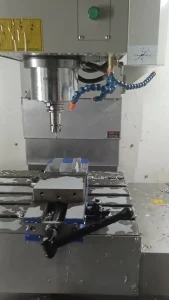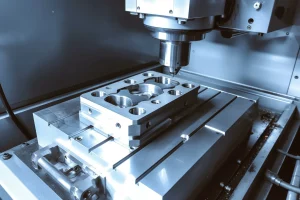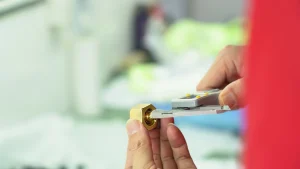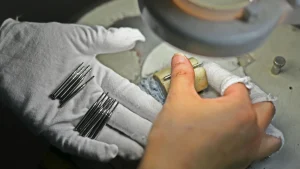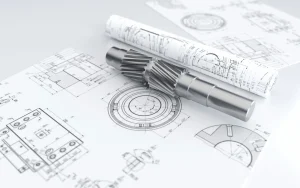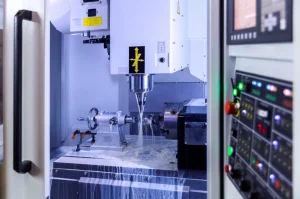The dimensional accuracy of precision parts directly impacts product quality and performance. Achieving high-precision machining requires a systematic approach, including material selection, tool optimization, process control, machine calibration, and quality inspection. The combined application of these measures can effectively reduce sources of error and improve machining stability.
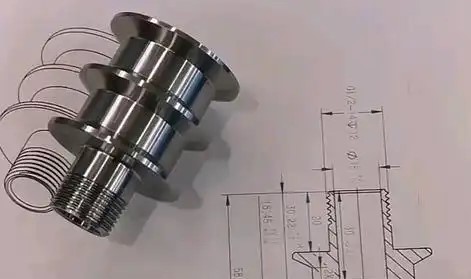
1. Selecting the Right Material
Material selection is fundamental to ensuring dimensional accuracy. Material properties such as thermal expansion coefficient, stability, and mechanical properties significantly impact part dimensional stability. When selecting materials, prioritize those with low thermal expansion coefficients and minimal thermal deformation, such as certain high-stability alloys or composite materials. Furthermore, assess material uniformity and machining suitability to avoid dimensional deviations caused by inherent material defects. This approach can mitigate potential deformation risks at the source.
2. Optimizing Tool Selection and Cutting Parameters
Tool selection and cutting parameter settings play a decisive role in machining accuracy. Choosing the appropriate tool type, size, and coating material based on the part material and shape is crucial. For example, diamond-coated tools can be used for hard workpieces to improve cutting stability and surface quality. In addition, parameters such as cutting speed, feed rate, and depth of cut should be adjusted appropriately, and the optimal combination verified through experimentation to ensure that vibration and thermal effects are minimized during the machining process, thereby maintaining dimensional accuracy within the expected range.
3. Strengthening Process Control
Process control is a key factor influencing dimensional accuracy. By optimizing the CNC machining process, potential errors at each stage can be effectively managed. For example, appropriate workpiece clamping methods, machining sequences, and path planning can be designed to reduce dimensional variations caused by deformation, offset, or residual stress. In practice, a strategy of performing roughing followed by finishing can gradually release stress and avoid cumulative errors. This refined control approach helps achieve higher machining consistency.
4. Regularly Calibrate and Maintain Machine Tools
Machine tool accuracy is the foundation of CNC machining. Regular calibration and maintenance can correct for issues such as positional error, angular deviation, and backlash. Using specialized instruments and software, machine tool performance should be checked at regular intervals to ensure that operating accuracy meets standard requirements. These maintenance measures can extend equipment life and provide a stable machining environment for precision parts, thereby improving overall dimensional accuracy.
5. Strict Quality Inspection and Control
Quality inspection is the final step in verifying machining accuracy. High-precision measuring equipment, such as coordinate measuring machines, is used to conduct comprehensive dimensional inspection and surface evaluation of finished parts to ensure compliance with design specifications. Furthermore, a comprehensive quality control system, including process monitoring, sampling inspection, and data logging, is established to promptly identify and correct deviations. This closed-loop control mechanism enables continuous optimization of the production process.
The integrated application of these measures can significantly improve the dimensional accuracy of CNC machined precision parts. These methods are based not only on theoretical foundations but also require adaptation based on practical production experience to meet the specific requirements of different parts.

